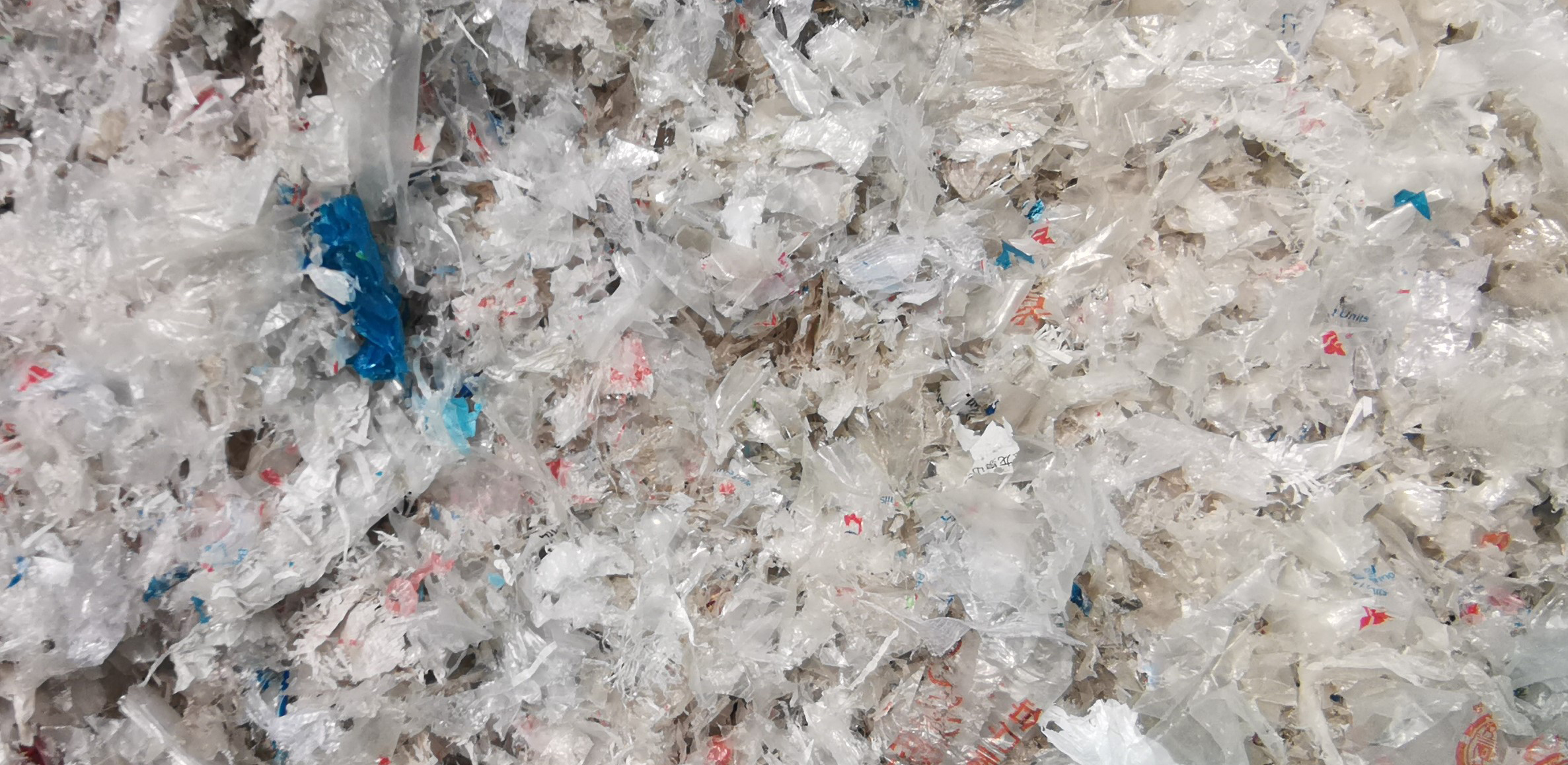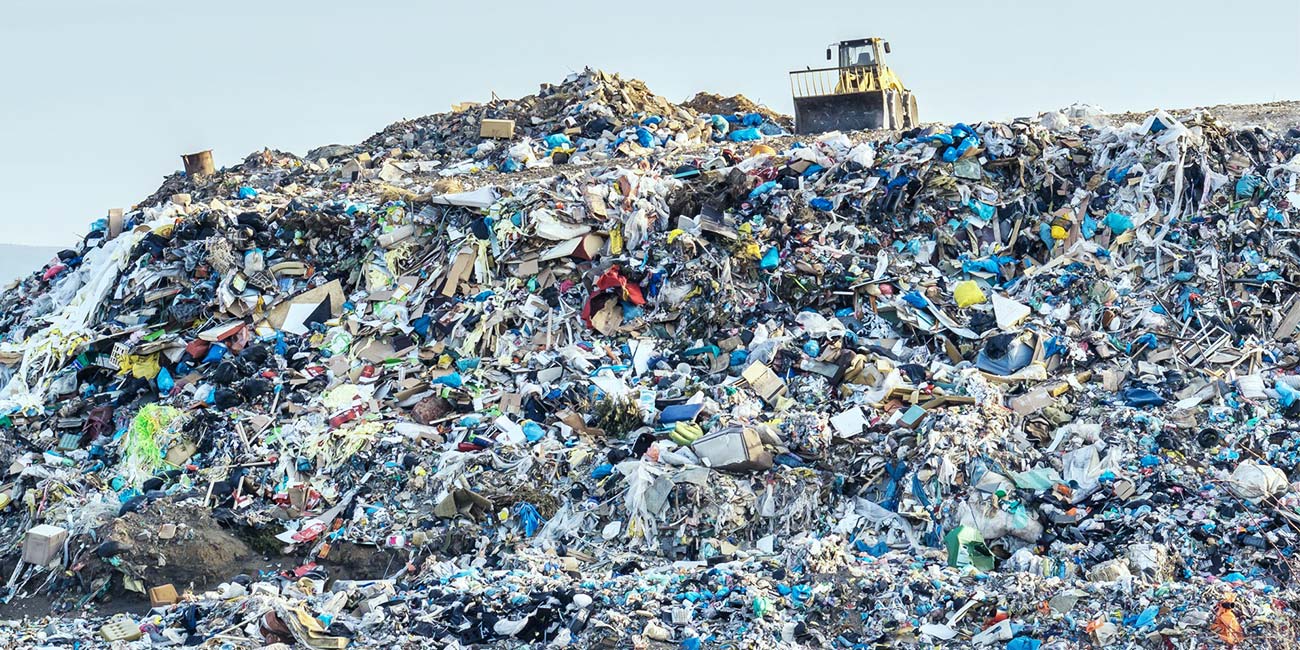Plastic pollution has become a global crisis, with millions of tons of plastic waste accumulating in landfills, oceans, and ecosystems every year. In response to this challenge, innovative technologies have emerged to convert plastic waste into valuable fuels, offering a sustainable solution to both waste management and energy production. In this comprehensive guide, we delve into the plastic to fuel conversion process, exploring the science, technologies, and potential impact of this transformative plastic to fuel machine.

Understanding Plastic to Fuel Conversion:
Plastic to fuel conversion involves the thermal decomposition of plastic waste into liquid hydrocarbons, gases, and char through a process known as pyrolysis. Pyrolysis, derived from the Greek words “pyro” (fire) and “lysis” (separation), occurs in the absence of oxygen, preventing combustion and enabling the controlled breakdown of plastic polymers into smaller molecules.
The plastic to fuel conversion process typically consists of the following steps:
Feedstock Preparation:
Plastic waste, sourced from various sources such as household recycling, industrial manufacturing, or post-consumer collections, undergoes sorting and shredding to remove contaminants and reduce particle size.
Depending on the specific requirements of the pyrolysis reactor, plastics may be further processed to achieve uniformity and optimize feedstock composition.
Pyrolysis Reactor:
The heart of the plastic to fuel conversion process is the pyrolysis reactor, where plastic feedstock is subjected to high temperatures in the absence of oxygen.
Various reactor designs, including fixed-bed, fluidized-bed, and rotary kilns, are utilized to facilitate thermal decomposition and maximize product yields.
Heating and Decomposition:
Heating systems, such as electric heaters, gas burners, or renewable energy sources, provide the thermal energy required to initiate and sustain the pyrolysis process.
As plastics are heated within the reactor, they undergo thermal decomposition, breaking down into volatile gases, liquid hydrocarbons (pyrolysis oil), and solid residue (char)。
Product Recovery and Refining:
The products of pyrolysis, including pyrolysis oil, syngas, and char, are recovered from the reactor and undergo further processing and refining.
Pyrolysis oil, the primary liquid product, may undergo distillation, fractionation, or upgrading processes to improve its quality, stability, and compatibility with existing fuel infrastructure.
Emissions Control and Environmental Compliance:
Emissions generated during the continuous waste plastic pyrolysis plant, including gases such as carbon dioxide, methane, and volatile organic compounds (VOCs), are captured and treated to minimize environmental impact.
Gas cleaning systems, such as scrubbers, filters, and catalytic converters, remove pollutants and impurities from exhaust streams, ensuring compliance with regulatory standards and environmental regulations.

Advantages of Plastic to Fuel Conversion:
Plastic to fuel conversion offers several distinct advantages over traditional waste management methods:
Waste Diversion and Resource Recovery:
By converting plastic waste into valuable fuels, plastic to fuel conversion technology reduces the burden on landfills and promotes resource recovery from waste streams.
The utilization of plastic waste as a feedstock for fuel production contributes to circular economy principles, maximizing the value and utility of discarded materials.
Energy Independence and Security:
Plastic to fuel conversion provides a localized and renewable source of energy, reducing reliance on fossil fuels and enhancing energy security.
The production of fuel from plastic waste mitigates the environmental and geopolitical risks associated with conventional fuel extraction and transportation.
Environmental Sustainability:
Plastic to fuel conversion helps mitigate plastic pollution and its adverse impacts on ecosystems, wildlife, and human health.
By converting plastics into cleaner-burning fuels, such as diesel, gasoline, or jet fuel, plastic to fuel technology reduces greenhouse gas emissions and air pollution compared to incineration or landfilling.
Economic Viability and Job Creation:
Plastic to fuel conversion presents economic opportunities through the generation of revenue from fuel sales, waste processing fees, and potential incentives or subsidies.
The establishment of plastic to fuel facilities creates jobs in waste management, manufacturing, and related industries, stimulating economic growth and development.
Real-World Applications and Case Studies:
To illustrate the practical application and potential impact of plastic to fuel conversion technology, let’s explore a few real-world examples and case studies:
Case Study 1: Commercial Plastic to Fuel Plant in Europe:
Location: Urban area with high plastic waste generation and limited landfill capacity.
Capacity: 20,000 tons/year of plastic waste processed.
Technology: Continuous pyrolysis reactor with integrated emissions control systems.
Products: High-quality diesel and gasoline fuels meeting European fuel standards.
Benefits: Waste diversion, energy recovery, reduced carbon emissions, economic growth.
Case Study 2: Community-Scale Plastic to Fuel Facility in Developing Country:
Location: Rural community with limited waste management infrastructure and energy access.
Capacity: 2,000 tons/year of mixed plastic waste processed.
Technology: Small-scale batch pyrolysis reactor powered by renewable energy sources. View more technology on this page: https://bestonmachinery.com/plastic-pyrolysis-plant/small/.
Products: Diesel fuel for local transportation, electricity for community use, and biochar for soil improvement.
Benefits: Localized waste management, energy independence, economic empowerment.
Conclusion:
In conclusion, plastic to fuel conversion technology represents a promising pathway towards addressing the global challenges of plastic pollution, waste management, and energy security. By harnessing the principles of pyrolysis and resource recovery, plastic to fuel facilities can transform plastic waste into valuable fuels while promoting environmental sustainability, economic viability, and social welfare. As the demand for sustainable solutions continues to grow, plastic to fuel conversion stands poised to play a pivotal role in the transition towards a circular economy, where waste becomes a valuable resource rather than a burden on society and the environment.